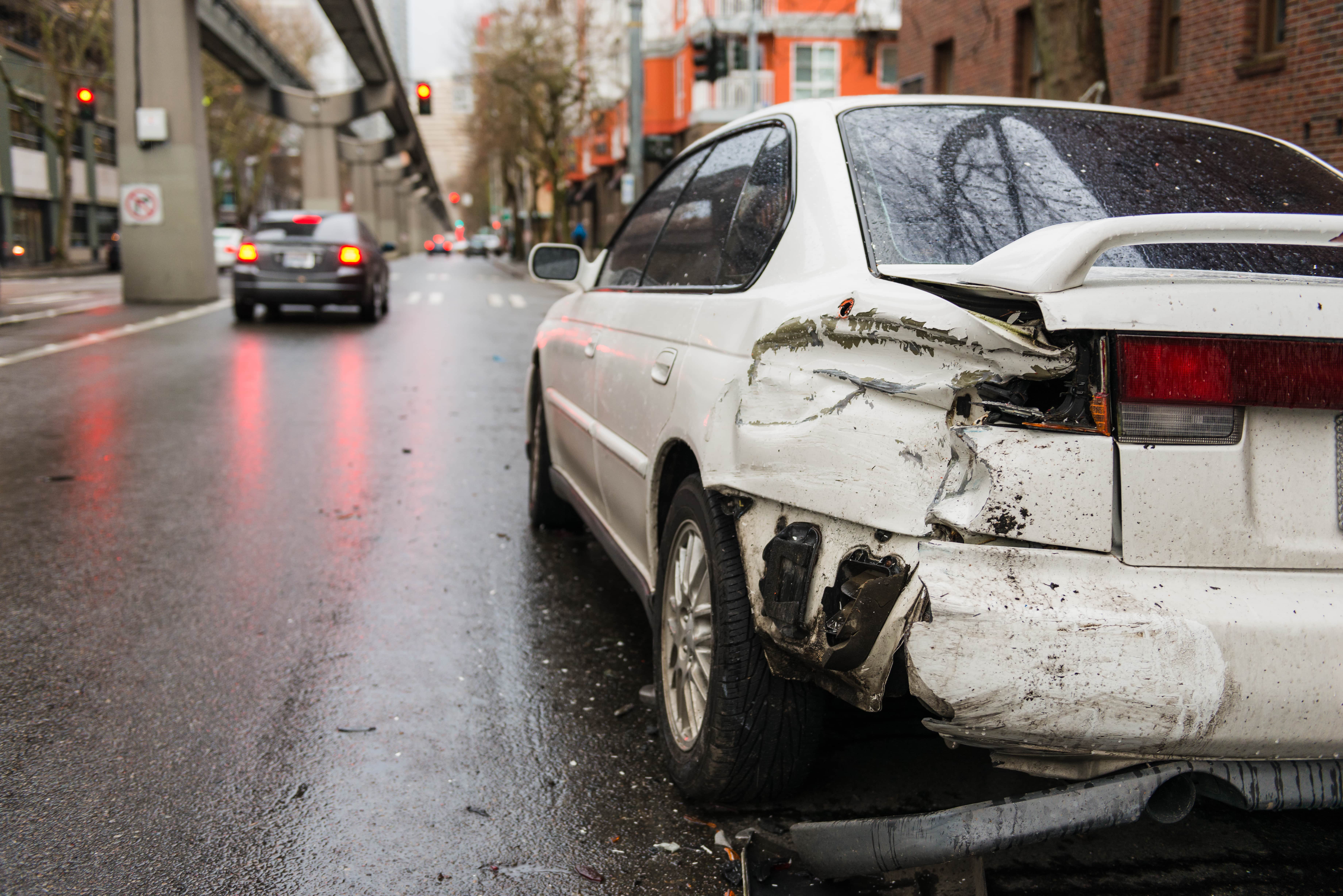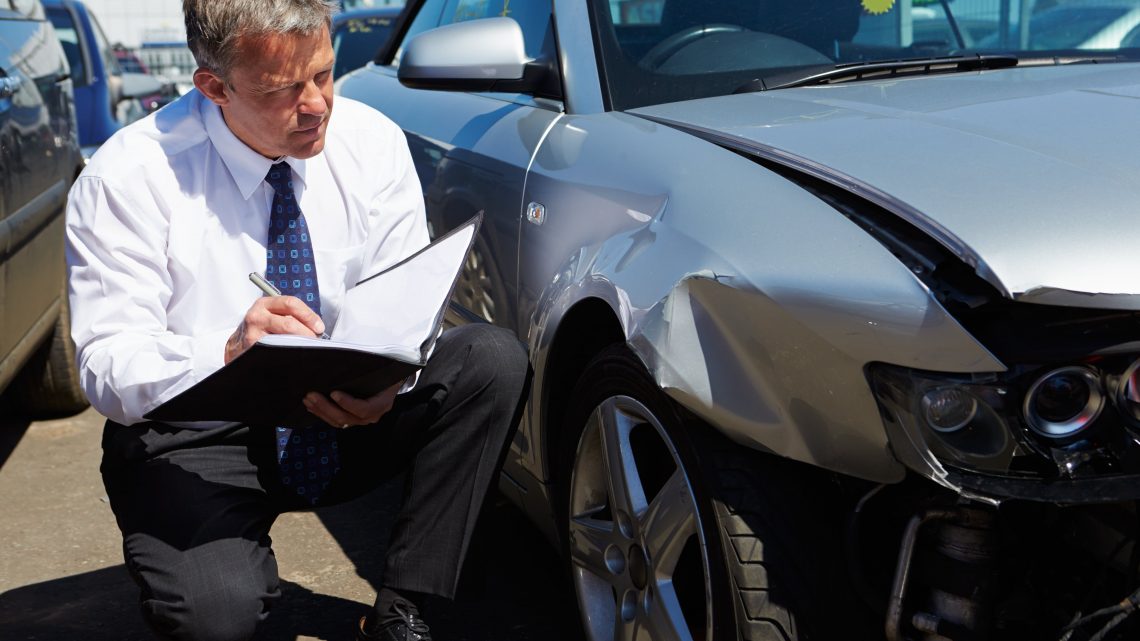Being a victim of a hit-and-run accident can leave you in a whirlwind of emotions – anger, frustration, stress and even fear. Your insurance status can also play a big factor into this. Getting into an accident with limited insurance coverage can leave you feeling helpless and at the whim of another insurance company. According to a recent report, accidents are actually costing drivers more money than necessary due to “post-accident missteps.”
Before you rush into a panic, here are a few helpful tips that can get you through this stressful event.
Steps to take immediately after the accident
- DON’T chase the car
While it may be tempting to try to chase a fleeing car from an accident, it’s really dangerous to do. For one, you’re unsure why the driver is fleeing the scene or if they have intention to harm you. Chasing a fleeing vehicle also places you in greater danger of an accident. Don’t do it.
- Take down all information you can
Make sure to gather all information you can about the circumstances surrounding the accident – including the license plate numbers of all vehicles involved (if more than your own), the cross streets of where the accident occurred, and more.
- Call the police
This is especially important in a hit-and-run accident as the police will come and take a report of the accident, as well as be on the search for the person who fled the scene. They will be able to take your account of what happened and provide important documentation that you will need to provide your insurance company to receive compensation.
- File a police report
Most insurance companies will also require you to file a police report if filing a hit-and-run claim. Depending on the state you’re in, you have a limited amount of time to file a police report after an accident. Typically, this time frame is within 24-48 hours. When filing your report, make sure to stick to the facts. It would also be a good idea to gather this information before you call, such as what time you first noticed the accident, cross streets of where your vehicle was located, and take pictures of the accident as well.

- Take photos of the damages, surrounding area and cross streets
You will have to provide this information to your insurance company. Make sure to get all images of the damage caused to your vehicle and person. If there vehicles or property of yours was damaged, you will also want to get a photo proof of that as well.
- Get contact information from witnesses
If anyone else witnessed the accident, you will want to collect their contact information too. Make sure to get at least their full name and working phone number before they leave the scene.
- Make note of any security cameras
Make sure to look around the area in which the accident occurred and make note of any security cameras you see, in addition to witnesses. An attorney can possibly request footage of these if you need to later down the line.
- Start a Claim with your Insurance Company
Lastly, you’ll want to report the accident to your insurance company. Call the number located either on the back of your insurance card or on your policy statement. Stick to the facts and information you’ve obtained when reporting the accident to them. Try not to get caught up in the emotions of the accident or what/who you think did what. Insurance companies will sometimes try to identify holes in your statement to try and avoid payment. Stick to the facts and you can avoid saying something you later may regret.
- Contact an Attorney
If you’ve had problems with you insurance company in the past and worried about what to say, it’s wise to discuss the details of your case with an experienced Irvine personal injury attorney.



No Comment